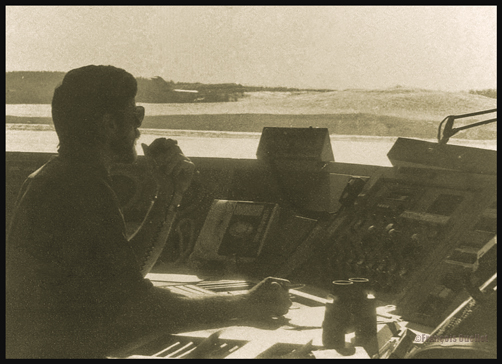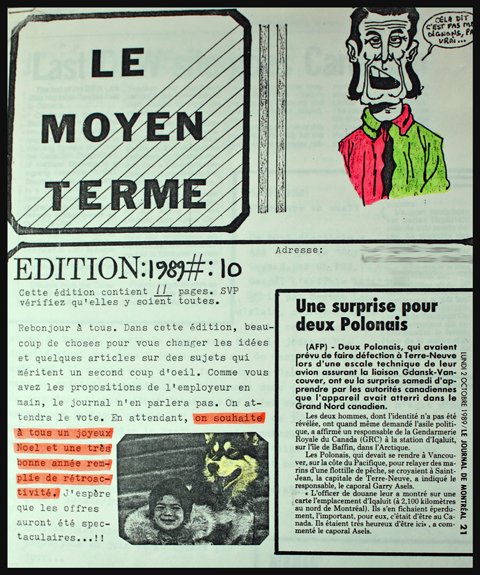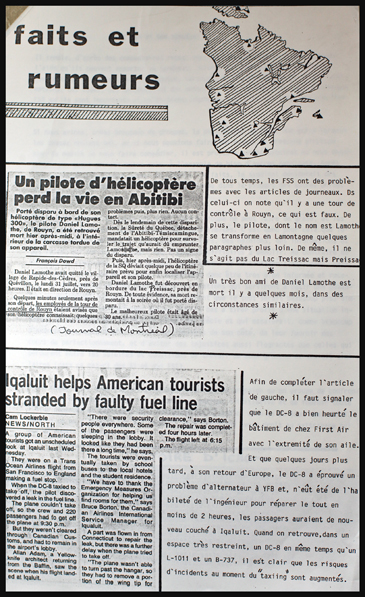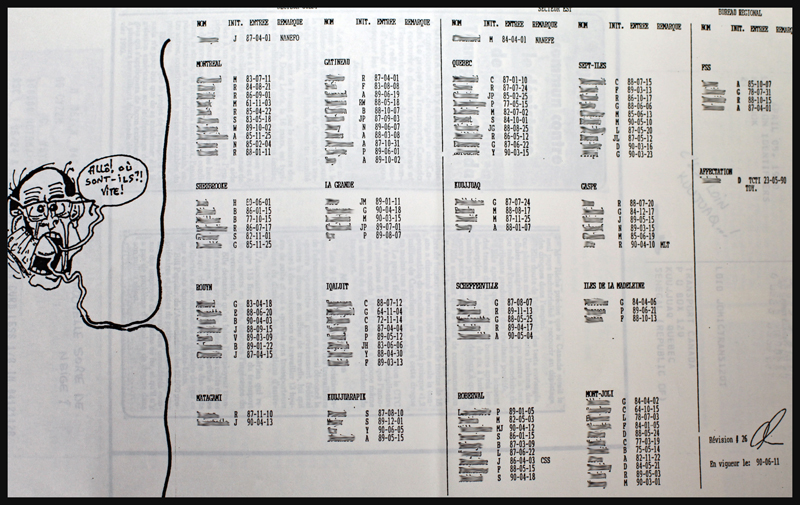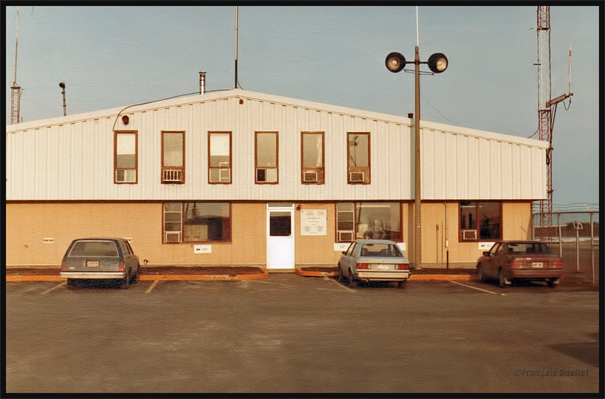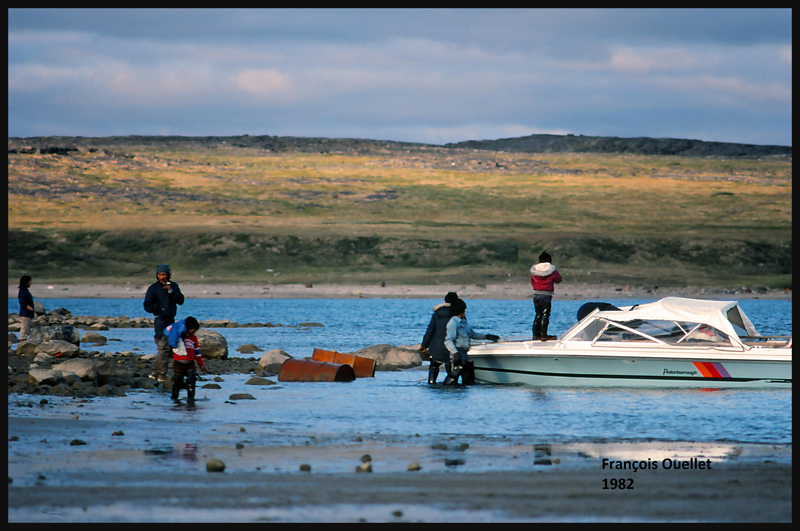On a nice summer day of July, at the Rouyn-Noranda airport, a pilot from a local flying club called our Transport Canada flight service station to get the latest airport advisory for a takeoff. He wanted to use a Cessna 172. He got the details and started taxiing. I quickly noticed that the aircraft was pulling an object. Using the binoculars, I could see that it was a cement block of about 100 kilos, attached to a rope. That cement block was normally used to immobilize an aircraft after a flight.
It was now obvious that the pilot had not done his walk around the aircraft, a mandatory procedure to ensure that everything is normal. Pulling that cement block on the asphalt must have required more power from the engine. I asked the pilot: “Don’t you find that more power is required to taxi today?” He answered that, in fact, he noted the need to increase the engine’s revolutions and that it was possibly due to the outside high temperature and moisture.
Without further delays, I replied: “Did you walk around your aircraft before the flight to make sure that everything was OK?” At that very moment, he understood that something needed to be done. He stopped the aircraft on the taxiway, got out and realized why a higher RPM was needed to taxi. Without saying anything that could imply his personal negligence, since he knew the radio communications were recorded, he announced that he was returning to the flying club. He had “forgotten something”…
The working position of the old Rouyn-Noranda flight service station allowed only a partial view of runway 08/26, but a complete view of the taxiway where the Cessna 172 was pulling its cement block.
For more real life stories on the Rouyn-Noranda flight service station and flight service specialists, click here:
